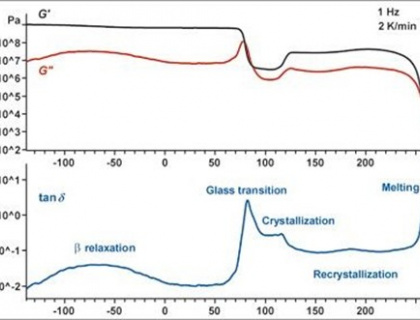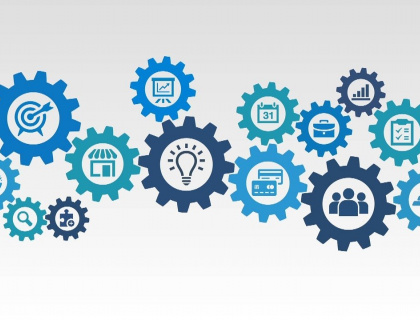Mechanical analyses refer to the testing or analysis of the mechanical properties and behavior of materials or structures under applied stress, deformation, or load. These analyses can involve various methodologies, such as testing samples under different conditions, using mathematical models to simulate the behavior of materials or structures, or conducting computational simulations based on the underlying physical principles. Mechanical analyses are used to evaluate the strength, stiffness, ductility, and other mechanical properties of different materials, such as metals, plastics, composites, and ceramics, and to design structures and components that can withstand the desired loads and stresses. They are widely employed in engineering, manufacturing, materials science, and other fields where the mechanical behavior of materials and structures is important.

Virtual reality (VR) is a technology that allows users to experience a computer-generated 3D environment as if they were present within it. In the context of design offices, VR can be used to enhance the design process by providing designers with an immersive, interactive, and collaborative environment in which to view and evaluate their designs.
Read more

Mechanical analyses refer to the study and characterization of the physical properties of materials or systems under mechanical stress, deformation or loading.
Read more
Product development is the process of creating new products or improving existing products in order to meet the needs and wants of customers. It involves a series of steps from ideation to commercialization, and may vary depending on the industry and product being developed.
Read more